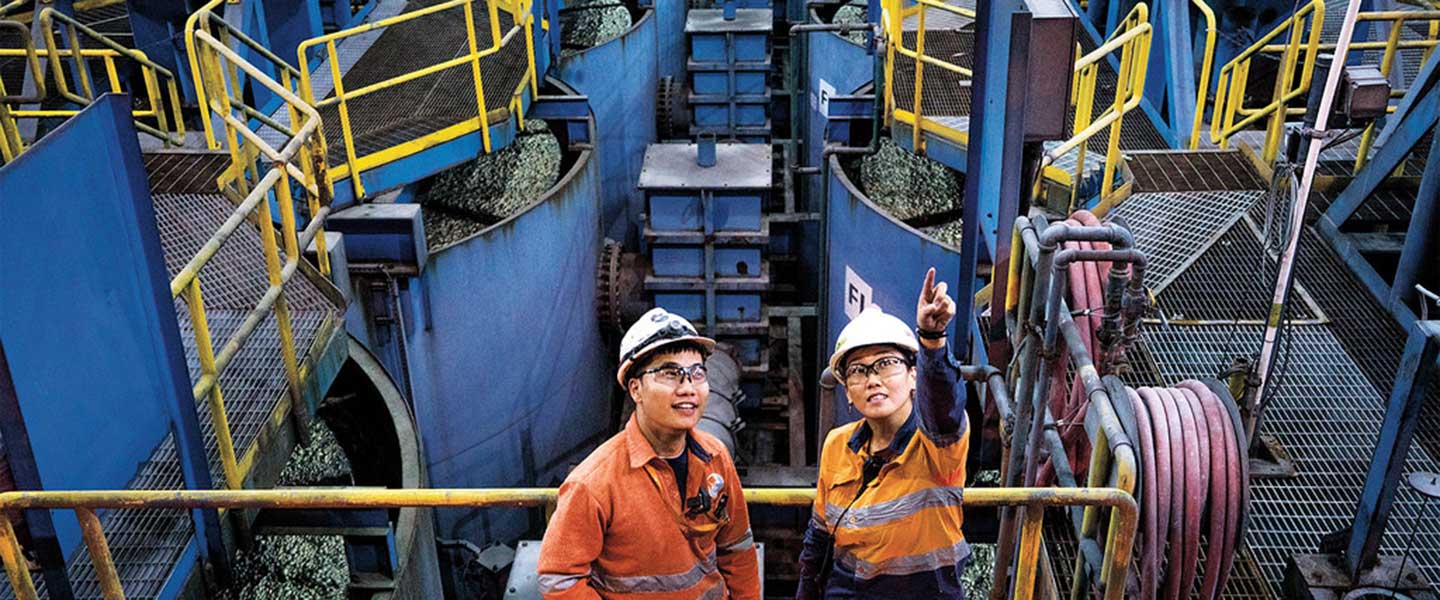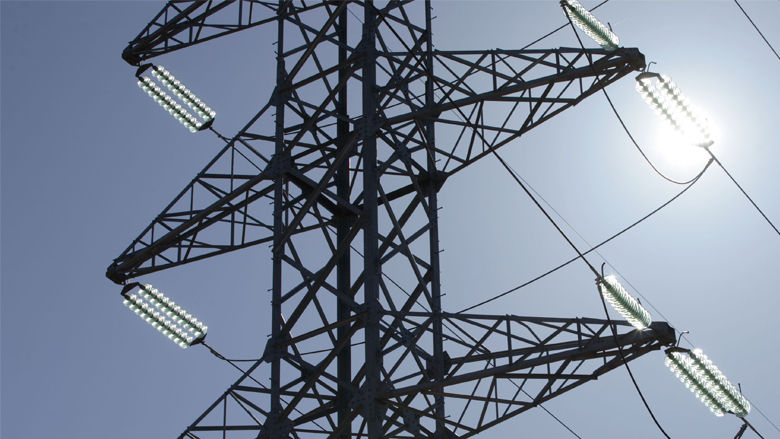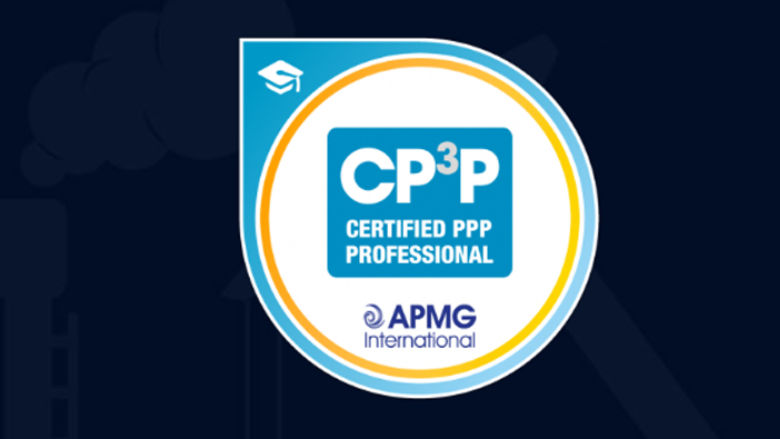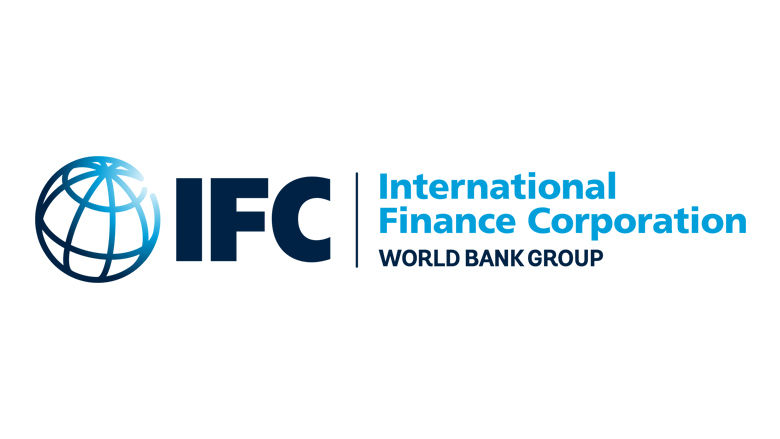The World Bank assists client countries in addressing the rising demand for infrastructure through various levels of intervention. Our work encompasses several areas:
Capacity Building
We help governments build the capacity, institutions, and ecosystems for fiscally sustainable and efficient public-private partnerships (PPPs). Our support is designed to enable client governments to institute key policy reforms that can open markets and strengthen the viability of private investment in infrastructure sectors.
To achieve this, we offer best-in-class knowledge platforms focusing on PPPs. These include:
The Public-Private Infrastructure Advisory Facility (PPIAF) helps governments strengthen policies, regulations, and institutions that enable sustainable infrastructure with private-sector participation. It promotes knowledge-transfer by capturing lessons while funding research and tools; builds capacity to scale infrastructure delivery; and assists sub-national entities in accessing financing without sovereign guarantees.
PPP Legal Resource Center
Designed for government officials, project managers and lawyers involved in PPP projects in developing countries, the PPPLRC provides international experience and precedents to help develop a conducive PPP enabling environment, a solid pipeline of projects and structure well PPP project and contracts.
CP3P Certification Program
Created with other multilateral development bank partners, PPIAF, and APMG, this program aims to build a unified capacity and ensuring global good practices among practitioners.
Private Participation in Infrastructure Database
With data on over 100,000 projects dating back to 1984, the PPI Database is a comprehensive source for information on how private investment is used in infrastructure projects in developing countries.
Project Development
Another way we support our client governments is by dedicating more resources and support to project preparation and technical assistance facilities.
The Global Infrastructure Facility—a G20-WBG initiative – is crucial on this front. It provides comprehensive project preparation support through its 10 MDB technical partners to client governments. With an exclusive focus on mobilizing private capital for sustainable infrastructure, the GIF has approved more than 180 activities in 70 countries, with 29 GIF-supported projects having reached commercial and/or financial close, mobilizing $17.8 billion in private capital at commercial close.
De-Risking and Innovative Financing
The World Bank has a unique role to explore innovative ways to finance infrastructure investment. Our work combines risk-mitigation instruments, PPPs, and blended finance with additional concessional capital provided by MDBs and DFIs to drive more investment in infrastructure. Collaboration with MIGA gives client countries access to our streamlined Guarantee Platform, which brings 20 different guarantee solutions under one roof.
Ensuring Quality
In the current fiscal environment, we must make every dollar go as far as possible. Bridges, power systems and transportation networks built today must last for years to come. They must be financially viable; and they must maximize their economic, social, environmental, and development impact.
We emphasize this approach through our Quality Infrastructure Investment (QII) partnership with Japan. Additional resources are needed to mainstream the partnership’s core principles of resilience, inclusion, and climate impact to ensure such considerations are built into infrastructure projects at the earliest stage to improve economic efficiency and generate other benefits.
The World Bank also contributes to the G20 initiatives such as the Infrastructure Working Group, Partnership for Global Infrastructure Investment and others.
Last Updated: Sep 12, 2025







